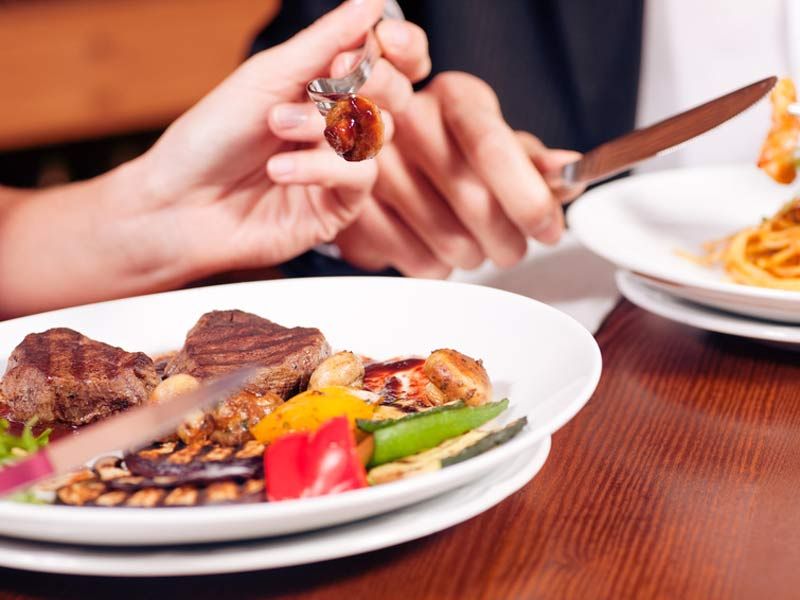The industry is in no hurry to deprive itself of the use of this fat produced by the processing of certain foods, which allows them to reduce production costs and produce products with a longer shelf life. Trans fatty acids are also used to produce textures and flavors that make snacks and baked goods very tempting. These saturated fatty acids and trans fatty acids give pastries an impression of melting in the mouth, a quality highly prized by consumers.
Trans fats are an enemy of our health, and some countries, including Canada, would like to ban them completely from the food market.
Metabolism research conducted at the University of Guelph found that the daily intake of trans fat should not exceed 2g. per day. But the National Academy of Sciences says the only way not to harm your health is to have zero trans fat intake. Trans fats are naturally found in animal source foods, but they are also formed when liquid oils are converted into semi-solid fats.
According to USDA research, over 42,000 food items in the US market contain trans fats!
How are they harmful?
Saturated fatty acids and trans fatty acids have the effect of increasing the risk of cardiovascular disease.
They increase the blood level of bad cholesterol (LDL). A risk factor for heart disease.
They also lower the level of good cholesterol (HDL) in the blood. Protection against heart disease.
Saturated fat also increases the level of bad cholesterol in the blood, at the same time as it increases the level of good cholesterol.
Trans fat and weight loss
According to Ann Louise Gittleman, Ph.D. nutrition researcher and author of The Fast Track One-day Detox Diet, simply removing trans fats from your diet completely will boost your body’s detoxification and allow many people to lose weight quickly, in the order of 1.5 kg (3 pounds) per week.
Where are trans fats hiding?
Trans fats are found in a wide variety of products:
- All hydrogenated oils or fats
- cereals
- desserts
- chips
- muffins
- crackers
- cookies
- donuts
- cakes and pastries, muffins
- croissants
- snack foods
- fried foods, especially breaded foods
- frozen foods
- margarines
- commercial peanut butter
- lard, shortening, etc.
Labeling laws being often incomplete and nebulous can create situations as absurd as having a product labeled as trans fat free, and legally containing a certain amount.
The only protection is to read the exact composition of the product.
How to avoid trans fats
Check the label for any of the following:
- Hydrogenated or partially hydrogenated oil
- Vegetable shortening or vegetable lard
Look for the amount in grams of saturated, monounsaturated and polyunsaturated fat.
Add up the value of these 3 types of fat and compare it to the number advertised as the total weight of fat.
If this is higher than the sum of the 3 previous fats, there is the presence of trans fats.
There is no doubt that eliminating trans fats from your diet is a positive step in staying healthy and an important tool in controlling your weight.
